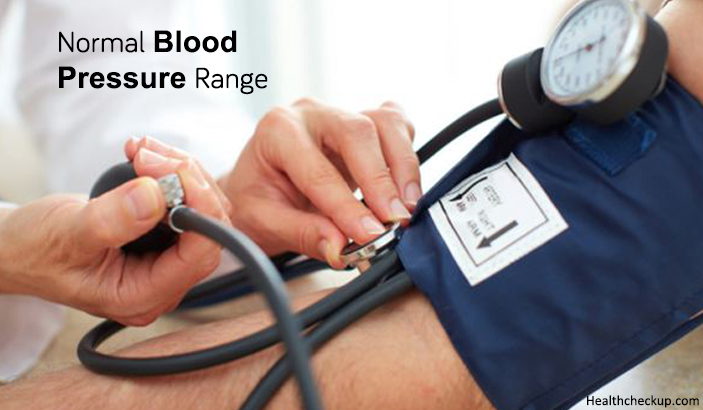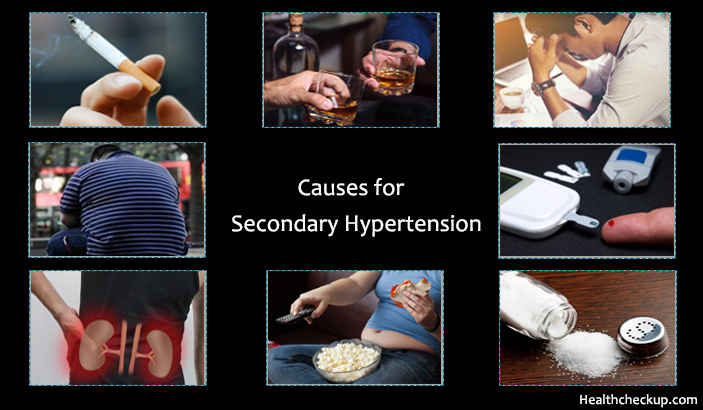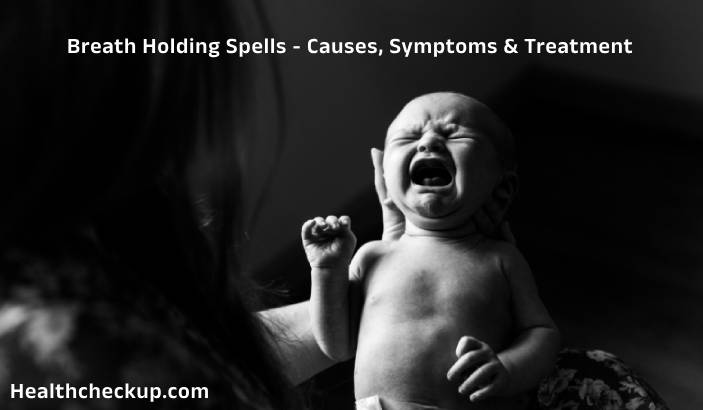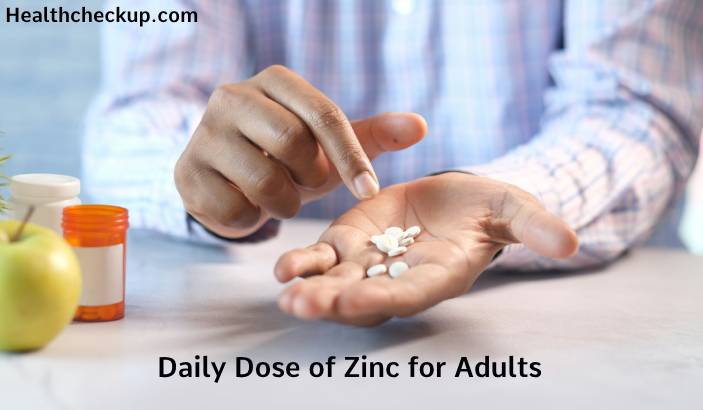Our body depends on a normal blood pressure range to ensure all the body organs and tissues receive adequate supply of oxygen and nutrients. Blood pressure is the measure of the force that the heart uses to pump blood around the body. Blood pressure is measured in millimeters of Mercury (mmHg) and is given by the doctor as two readings,
- Systolic Pressure
- Diastolic Pressure
The first of the two readings, i.e. Systolic Blood Pressure, is a measure of the pressure in the blood vessels when the heart contracts and exerts maximum pressure on the blood vessel walls while pushing the blood out.
The second reading, i.e. Diastolic Blood Pressure, measures the pressure in the blood vessels when the heart is at rest, i.e. between contractions. The normal systolic blood pressure is considered to be 120 by most doctors, and the normal diastolic blood pressure is considered to be 80.
Blood pressure normally increases throughout life, right from infancy to older adulthood. For most adults, regardless of their age, the normal BP range is considered to be 120/80 or less.
What is the Normal Blood Pressure Range?
As mentioned earlier, blood pressure increases with age, beginning from infancy to older adulthood. Since most healthy babies and children are typically not at risk for blood pressure problems, most doctors do not check their blood pressure routinely. But, the normal BP range for all adults, regardless of their age, is considered to be lesser than 120/80.
What is the Normal BP Range For Adults?
The normal BP for all adolescents, adults, and older adults is considered to be 120/80. Adolescents mean persons aged between ages 10 and 19. For this age group, the systolic blood pressure from 120 to 136, and the diastolic blood pressure between 82 to 86 is considered to be normal.
The normal BP range may vary from 126/82 among adolescents aged 11 to 13, 136/86 among those aged between 14 to 16, and 120/85 for adolescents aged between 17 to 19. The difference in the normal blood pressure range for this age group is caused by the increase in age, and it also depends on the individual’s physical activity, diet and weight.
As blood pressure increases with age, it is very common for adults aged between 20 and 60+ to show variations in BP at different ages. The chart below outlines the blood pressure that is considered normal in people belonging to different age groups.
Normal BP Range For Adults By Age
| Age Group | Normal Systolic BP | Normal Diastolic BP |
|---|---|---|
| 20-24 | 120 | 79 |
| 25-29 | 121 | 80 |
| 30-34 | 122 | 81 |
| 35-39 | 123 | 82 |
| 40-44 | 125 | 83 |
| 45-49 | 127 | 84 |
| 50-54 | 129 | 85 |
| 55-59 | 131 | 86 |
| 60+ | 134 | 87 |
Understanding the normal BP range with age can help the doctor and you to estimate your cardiovascular health. Blood pressure levels can fluctuate significantly from one reading to the next and it is important to remember that just one abnormally high reading does not signify that you have high blood pressure. Doctors usually use an average of multiple blood pressure readings taken over a period of several days to arrive at a diagnosis of high blood pressure.
Prehypertension and Hypertension
An adult is considered to have prehypertension if his/her systolic blood pressure is constantly above 120 but below 140, or if the diastolic blood pressure is above 80 and below 90. People with prehypertension will definitely progress to hypertension if they do not make lifestyle changes that will help lower their blood pressure.
Hypertension is actually of two types, one is called Primary Hypertension or Essential Hypertension, and this type of hypertension develops gradually over the years as a person ages, and it has no known causes. The other type of hypertension is called Secondary Hypertension, and this type is caused by different diseases, and a person’s lifestyle factors, like diet, sedentary lifestyle, alcohol intake etc.
A person consistently showing blood pressure higher than 140/90 over several readings is considered to have hypertension. Doctors advise these people to make effective lifestyle changes to help lower their blood pressure, such as maintaining a healthy weight, including exercise in their daily routine, limiting salt and alcohol intake, and quitting smoking. The doctors will also recommend medication for hypertension depending on how much higher the BP is as compared to the normal blood pressure range and any other health problems that the patient faces.
Causes of Secondary Hypertension:
- Smoking: Tobacco contains the hormone adrenaline that makes the heart beat faster and thus raises the blood pressure.
- Obesity: Being overweight increases the chances for a person to develop hypertension.
- High Salt Intake: Too much of sodium in the bloodstream causes higher water retention in the body and causes the blood pressure to increase.
- High Alcohol Intake: Heavy alcohol intake, especially on a daily basis, can be another cause for the blood pressure to increase.
- Inadequate Physical Activity: Lack of exercise and a sedentary lifestyle is a very common cause for secondary hypertension.
- Stress: Heavy emotional or mental stress can also cause the BP to rise.
- Kidney Diseases
- Diabetes: Type 2 diabetes usually causes the narrowing of the blood vessels in the body and causes high BP.
- Family History: A person with a family history of hypertension is more likely to develop hypertension than a person without any family history of hypertension.
What is Normal Blood Pressure for Men and Women?
The healthy blood pressure range for men and women remains the same across all age groups.
Normal BP Range for Female in India – Below 120/80 mm Hg and Above 90/60 mm Hg in an adult female.
Normal BP Range for Male in India – Below 120/80 mm Hg and Above 90/60 mm Hg in an adult male.
However, when it comes to hypertension, it is important to recognise the differences between the two genders.
High BP is more common among men below the age of 50 than women of the same age, and the chances of developing hypertension increases in women as compared to men after the age of 55.
Hypertension causes complications such as heart attack and stroke, and these complications are less likely to occur in women who have undergone menopause than men of the same age. When comparing the complication risks of hypertension between men and women aged between 40 and 70 years, it is seen that men are at a higher risk of developing complications than women.
These findings suggest that regular BP screening should be conducted for young and middle-aged men, once they enter the 20s, and the same applies to women who have passed the menopause stage.
Normal Blood Pressure Range For Children By Age and Gender
| Age Group | BP range for Males in mmHg | BP range for Females in mmHg |
|---|---|---|
| 1-3 | 80/34-120/75 | 83/38-177/76 |
| 4-6 | 88/47-128/84 | 88/50-122/83 |
| 7-10 | 92/53-130/90 | 93/55-129/88 |
The normal bp range changes continuously for children throughout childhood, and the blood pressure is lowest in infancy and steadily increases till the child turns 10. Also, it is important to note that the normal BP is different for girls and boys belonging to the same age group.
As mentioned earlier, it is least likely for children to suffer from blood pressure problems unless they have an underlying condition such as a kidney disease or diabetes, and therefore, doctors rarely check the BP in children during their regular checkups.
Determining the normal blood pressure range in children is a little complicated, and it all depends on the size and age of the child. One rule of thumb that doctors use to determine BP troubles in children is that, a child is considered to be suffering from Prehypertension. If he/she has a blood pressure higher than that of 90% of the children of the same age and size. The child is said to have hypertension if he/she has a blood pressure higher than that of 95% of the children of the same age and size.
Medically Reviewed By

I am an experienced Medical/Scientific writer with a passion for helping people live a happy healthy life. My thirst for writing has followed me throughout the years – it is there when I wake up, lingering at the edges of my consciousness during the day, and teases me at night as I go to sleep.









